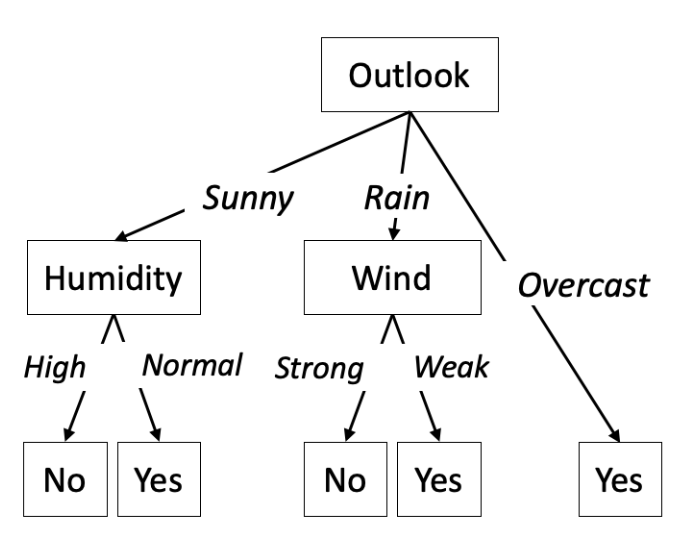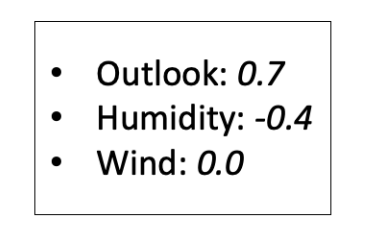Global vs Local Explanations
Contents
Global vs Local Explanations#
In brief#
We distinguish between a global or local explanation depending on whether the explanation allows understanding the whole logic of a model used by an AI system or the explanation refers to a specific case, i.e., only a single decision is interpretable.
More in detail#
A global explanation consists in providing a way for interpreting any possible decision of a black box model. Generally, the black box behavior is approximated with a transparent model trained to mimic the obscure model (see Black Box Explanation vs Explanation by Design) and also to be human-understandable. In other words, the interpretable model approximating the black box provides a global interpretation. Unfortunately, global explanations are quite hard to achieve and, up to now, can be provided only for AI working on relational data.
A local explanation consists in retrieving the reasons for a specific outcome returned by a black box model relatively to the decision for a certain instance. In this case, it is not required to explain the whole logic underlying the AI, but a local explanation only provides the reason for the prediction on a specific input instance. Hence, an interpretable model is used to approximate the black box behavior only in the “neighborhood” of the instance analyzed, i.e., with respect to similar instances only. The idea is that it is easier to approximate the AI with a simple and understandable model, in such a neighborhood. Regarding Figure 7 (top) (see Black Box Explanation vs Explanation by Design), a global explanation method f uses many instances X over which the explanation is returned.
Figure 9 illustrates an example of a global explanation e obtained by a decision tree structure for a classifier recommending to play tennis or not. The overall decision logic is captured by the tree that says that the classifier recommends playing tennis or not by first looking at the Outlook feature. If its values Overcast, then the prediction is “not to play”. Otherwise, if its value is Sunny, the classifier checks the Humidity feature and recommends “not to play” if the Humidity is High and “to play” if it is Normal. The same reasoning applies to the other branch of the tree. Again, with reference to Figure 7 (top) (see Black Box Explanation vs Explanation by Design), a local explanation method f returns an explanation only for a single instance x.
Two examples of local explanations are given in the following.
The local rule-based explanation (Figure 10) e for a given record x says that the black box b suggested playing tennis because the Outlook is Sunny and the Humidity is Normal.
On the other hand, the explanation e formed by features importance (Figure 11) says that the black box b suggested playing tennis because the Outlook has a large positive contribution, Humidity has a consistent negative contribution, and Wind has no contribution in the decision.
Bibliography#
- 1(1,2,3)
Riccardo Guidotti, Anna Monreale, Dino Pedreschi, and Fosca Giannotti. Principles of Explainable Artificial Intelligence. Springer International Publishing, 2021.
This entry was readapted from Guidotti, Monreale, Pedreschi, Giannotti. Principles of Explainable Artificial Intelligence. Springer International Publishing (2021) by Francesca Pratesi and Riccardo Guidotti.



